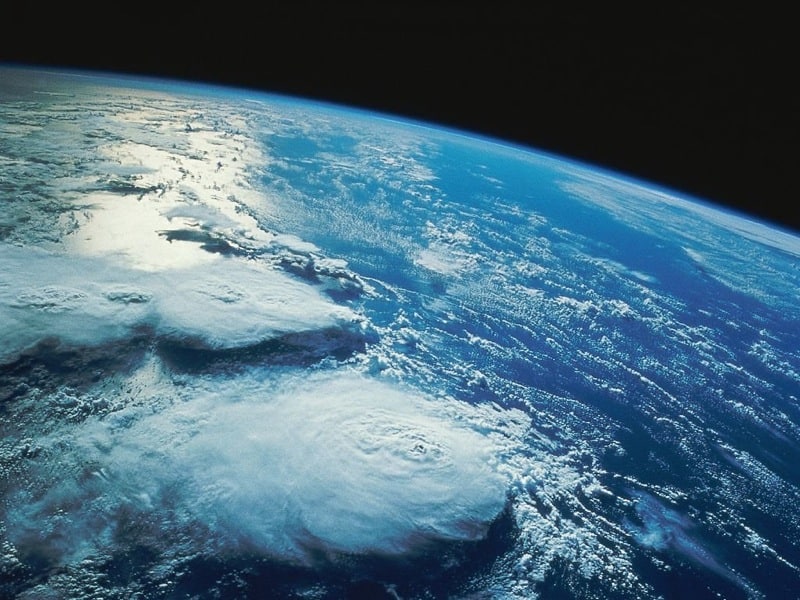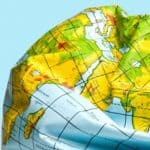NINE LIMITS THAT SHOW OUR IMPACT ON THE PLANET

Climate change and biodiversity loss are just some evidence that our footprint on the planet threatens our very survival.
There are currently approximately 7,634 million people living in the world and this number is increasing every day. Therefore, on World Population Day, we take the opportunity to become aware of how we are using the Planet's resources, considering that these are limited.
The United Nations Development Programme (UNDP) estimates that by 2030, the world's population will need 40% more water, 50% more food, 40% more energy and 40% more wood and fiber. The only way we will be able to meet these demands is to manage our ecosystems intelligently and sustainably so that the Earth has enough time to regenerate them.
Planetary Boundaries. There are nine areas of measurement of planetary conditions to monitor the real situation of the world. The “Planetary Boundaries”, a concept developed in 2008 by Johan Rockström and Will Steffen, facilitate the monitoring of environmental impact with the aim of preserving the life of future generations and various species.

1) Climate changeClimate Change: Scientists can measure climate change by studying the levels of greenhouse gases (GHGs) in our atmosphere, the most important of which is CO2. The proposed CO2 should not exceed 350 ppm (parts per million). However, today we are already at 390 ppm. One consequence of this is the melting of ice and the alteration of the usual climates of the entire planet.
2) BiodiversityThe imperfect but acceptable indicator is the extinction rate. In the last 50 years, ecosystem changes have been faster than at any other time in history, and the extinction rate of each species is 100 to 1,000 times higher than what could be considered natural.
3) Excess fertilizer: It is proposed that no more than 11 million tons of phosphorus be dumped into the ocean each year. However, today, 10 times that amount is being discharged into the oceans. Excessive production of nitrogen and phosphorus, by-products of the agricultural system, pollute soil, water and oceans, contributing to oxygen deficiency in the oceans and reducing productivity.
4) Stratospheric Ozone LayerSome greenhouse gases (GHGs) such as chlorofluorocarbons (CFCs), in addition to warming the planet, gradually degrade the ozone layer. This increases ultraviolet (UV) radiation from the sun and consequently harms human health and ecosystems.
5) Acidification of the oceansemissions: The oceans absorb more than 25% of the CO2 emitted by mankind. As a consequence, the pH acidifies, reducing the amount of available carbonate, an essential element for marine species, mainly phytoplankton (the base of the marine food chain), coral reefs, shellfish and mollusks.
6) Fresh water consumption and the global hydrological cycle: Population growth and water misuse have changed the flow of rivers and steam. Fresh water is becoming scarcer and demand for it is increasing.
7) Change in land useForests, wetlands and other types of vegetation are being converted into agricultural and livestock lands. Today, there is no regulation on the effective distribution and proportion of these lands, which, although they generate food for humanity, are destroying the life of ecosystems.
8) Aerosol loadingAerosols affect cloud formation and atmospheric circulation patterns. They also affect solar radiation and increase toxic particles in the air, harming living things.
9) Chemicals in dispersionEmissions of toxic compounds, such as heavy metals and radioactive materials, can remain for hundreds of years in the environment with irreversible effects. As an example, 800,000 people die each year worldwide from causes associated with air pollution.
The stability of planet Earth and our future depends on these nine boundaries.
Today, on World Population Day, we invite you to reflect on how you can contribute to reduce these impacts; it is the task of all humanity to reinvent itself and become protective of these nine limits in order to live in harmony with the Earth and its resources.


